1. The Godfather of Soul vs. The King of Pop
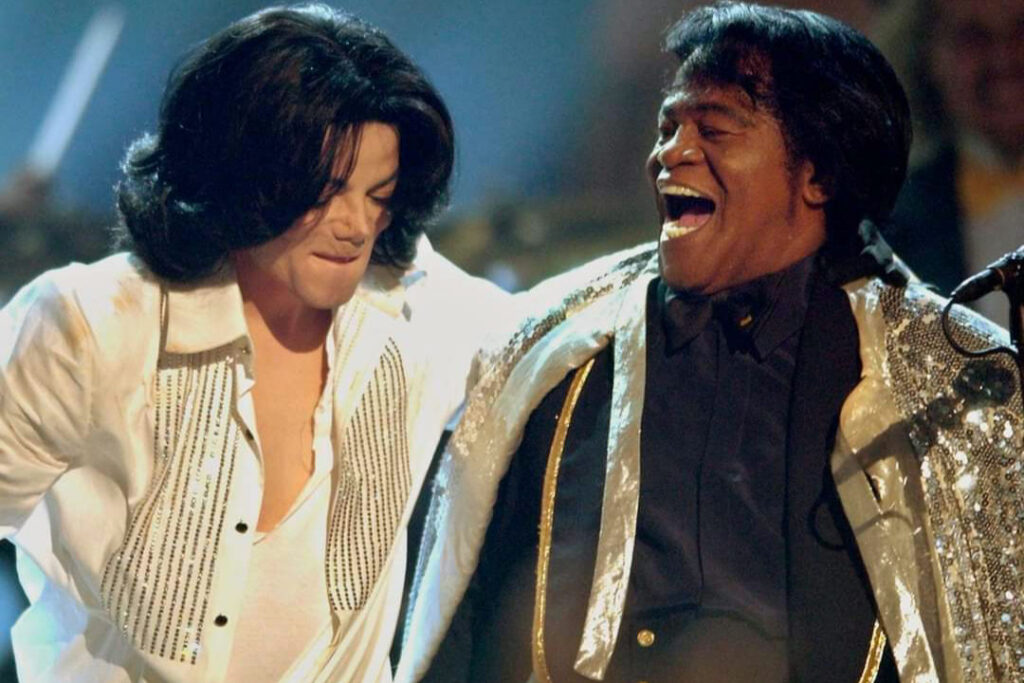
The competitive, but often respectful, tension between James Brown and Michael Jackson in the 1970s and 80s elevated the art of stage performance and showmanship in popular music. Jackson, the younger star, openly acknowledged Brown’s profound influence on his singing and dancing. Brown, the established “Godfather of Soul,” saw Jackson’s phenomenal global success as a challenge to his own legacy, pushing him to maintain his electrifying, physically demanding stage presence well into his later career. This generational rivalry pushed both artists to redefine what an electrifying pop spectacle could be, inspiring countless performers who followed.
2. The Renaissance Masters’ Competitive Grandeur

The simultaneous presence of Leonardo da Vinci and Michelangelo in early 16th-century Florence led to an intense competition that benefited the world of art. While the two masters profoundly disliked each other, their rivalry peaked when they were both commissioned to paint massive battle scenes on opposing walls in the Palazzo Vecchio’s Hall of Five Hundred. Although neither fresco, The Battle of Anghiari (Da Vinci) nor The Battle of Cascina (Michelangelo), was ever completed, the preparatory works, Da Vinci’s known through copies by Rubens, and Michelangelo’s through engravings, were essential training models for the next generation of Renaissance artists, demonstrating unprecedented levels of anatomical precision and dynamic composition.
3. Picasso’s Response to Matisse’s Innovation

The rivalry between modern art titans Pablo Picasso and Henri Matisse was famously cordial yet fiercely competitive, constantly spurring each other on. Though Matisse was over a decade older, the two were acutely aware of each other’s work and innovations, often responding to or challenging one another through their own artistic output. When Matisse presented a significant color-field innovation in his work, Picasso would often respond by making a breakthrough in cubism or sculpture. Their constant, mutual examination and one-upmanship are credited by art historians as being a powerful engine that drove the development of 20th-century art, ensuring neither artist could comfortably rest on his laurels.
4. The Britpop Battle That Defined a Decade

The mid-1990s saw a highly publicized, media-fueled feud between the bands Blur and Oasis, a rivalry that became the defining feature of the Britpop musical movement. This intense competition centered on sales, charts, and public perception, culminating in a direct chart battle in August 1995 when both bands released a new single on the same day. Blur’s sophisticated, art-school anthem “Country House” outsold Oasis’s more anthemic, working-class rock track “Roll With It.” The constant need to outdo the other band forced both groups to elevate their songwriting and production, arguably resulting in the most memorable and high-quality singles and albums of their respective careers.
5. Van Gogh and Gauguin’s Failed Artistic Utopia
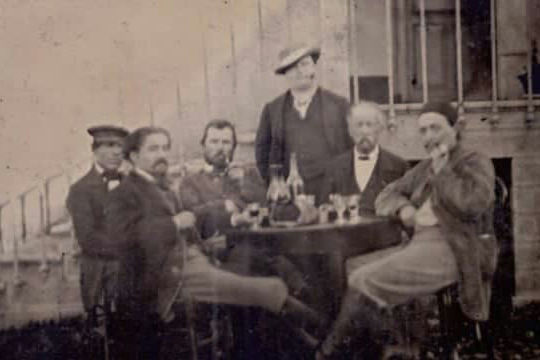
The volatile, short-lived collaboration between Post-Impressionist painters Vincent van Gogh and Paul Gauguin in Arles is legendary for its dramatic, self-mutilating end, but it also resulted in a brief yet intense period of incredible artistic production. Van Gogh invited Gauguin to live and work with him in the “Yellow House,” hoping to establish an “Atelier of the South.” Their vastly different personalities and artistic philosophies, Van Gogh painting from observation and Gauguin from imagination, led to constant arguments, yet this tension also fueled a flurry of paintings, including Van Gogh’s Sunflowers series and his The Night Café, as well as Gauguin’s vibrant, experimental pieces.
6. Hemingway’s Short, Punchy Retort to Faulkner

Literary giants Ernest Hemingway and William Faulkner had a one-sided but impactful feud based on their opposing styles and philosophies. Faulkner publicly stated that Hemingway “has no courage, has never crawled out on a limb,” criticizing his rival’s famously concise and sparse prose. In turn, Hemingway dismissed Faulkner’s work as overly wordy and complex. This rivalry reinforced each writer’s dedication to their distinctive voices: Hemingway doubling down on his powerful, minimalist style, and Faulkner continuing his baroque, complex narratives. The contrast established a high bar for 20th-century American literature, providing readers with two equally masterful but distinctly different narrative styles.
7. Tensions That Shaped Fleetwood Mac’s Magnum Opus
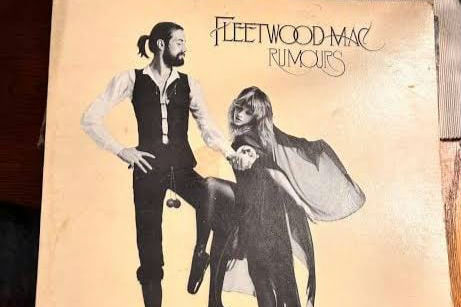
The making of Fleetwood Mac’s 1977 album Rumours is famous for the internal conflicts that simultaneously fueled its creativity and threatened to tear the band apart. At the time of recording, all three couples in the band, Lindsey Buckingham and Stevie Nicks, Christine and John McVie, and Mick Fleetwood and Jenny Boyd, were breaking up, resulting in extreme personal tension and raw emotion. Rather than imploding, the band channeled their pain and anger directly into their songwriting. The resulting masterpiece, featuring songs like “Go Your Own Way” (Buckingham’s perspective) and “Dreams” (Nicks’s counter-perspective), is considered one of the greatest and most honest breakup albums of all time.
8. The Great Opera Composers’ Battle for Hearts

The rivalry between composers George Frideric Handel and Giovanni Bononcini in early 18th-century London created a golden age for Italian opera in England. Both composers ran competing opera companies, which became a fashionable proxy battle for London’s elite, dividing the public into “Handel men” and “Bononcini men.” This high-stakes competition forced each composer to constantly elevate the dramatic power, virtuosity, and technical complexity of their work to attract and retain an audience. While Handel’s operas ultimately proved more enduring, the rivalry led to a period of intense operatic innovation and left a legacy of spectacular baroque musical compositions.
9. The Sibling Scorn That Elevated Oasis

The persistent, highly publicized, and often vitriolic feud between brothers Noel and Liam Gallagher, the main songwriters and driving forces behind the band Oasis, was central to the band’s identity and output. Their aggressive dynamic, characterized by public insults and backstage brawls, was inextricably linked to the raw, rebellious energy of their music. This internal battle for control and recognition ensured a constant, if chaotic, push for creative dominance. The resulting rock and roll swagger and anthemic quality of their albums like Definitely Maybe and (What’s the Story) Morning Glory? are widely seen as products of this intense, brotherly friction.
10. Edison and Tesla’s Current War
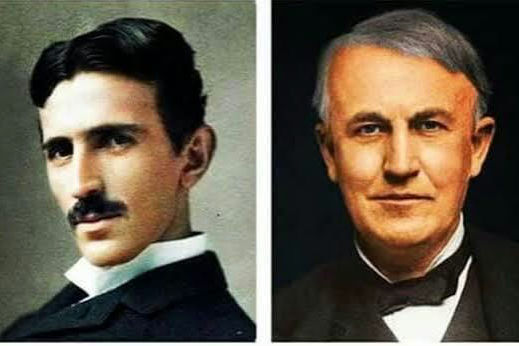
The late 19th-century “War of Currents” between Thomas Edison (advocating direct current or DC) and Nikola Tesla (advocating alternating current or AC) spurred an incredible period of electrical engineering innovation. Though a technical and commercial feud, it was also a scientific competition driven by ego and reputation. The need to prove the superiority of AC over DC pushed Tesla and George Westinghouse to refine the AC system rapidly, developing critical technologies like the transformer. This accelerated development led to the efficient and scalable electrical grid we use today, a foundational piece of modern infrastructure.
11. The Literary Queen’s Critical Strike
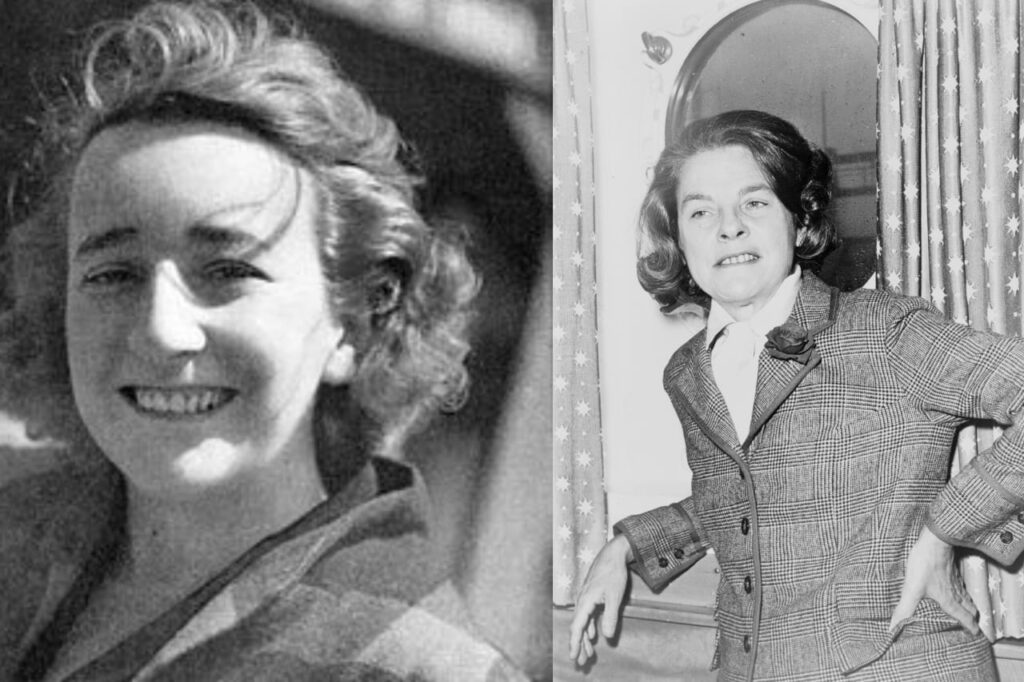
The famous 1969 feud between American literary critics and writers Lillian Hellman and Mary McCarthy over McCarthy’s comment on The Dick Cavett Show, that “every word she writes is a lie, including ‘and’ and ‘the'”, resulted in a landmark legal battle and a spotlight on journalistic truth. Though primarily a public spat and lawsuit, the underlying conflict brought intense scrutiny to the biographical truth and narrative style of memoirs and creative non-fiction. This highly publicized dispute forced many writers to reconsider the ethical lines between creative license and factual representation in their work, impacting the critical framework for autobiographical writing.
12. The Film Titan’s Dramatic Rivalry
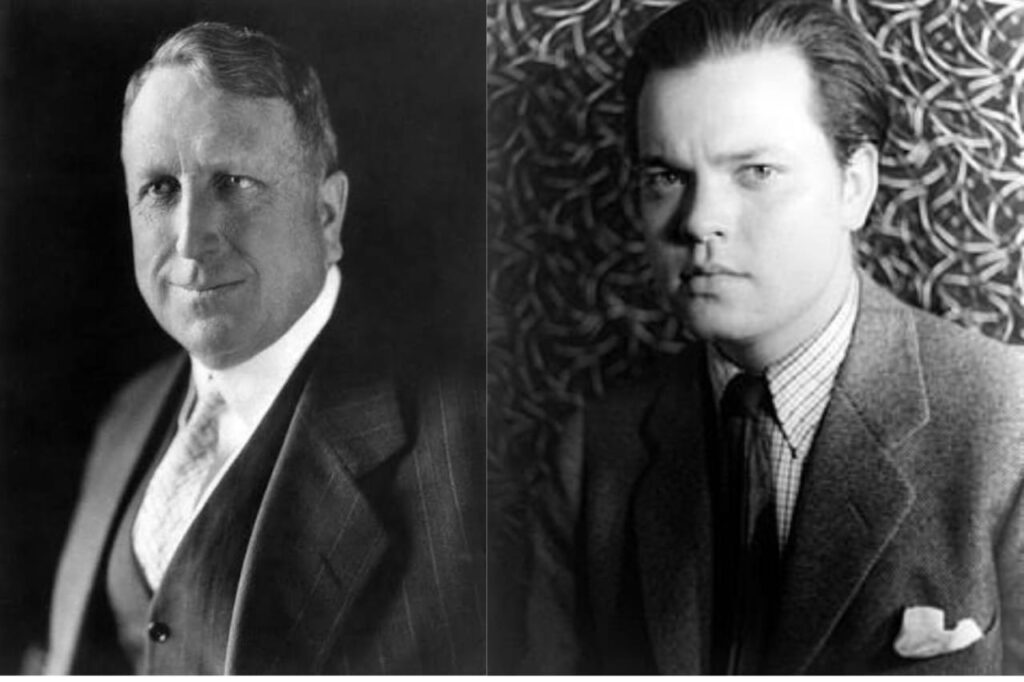
The intense professional and personal rivalry between legendary filmmakers Orson Welles and William Randolph Hearst was the catalyst for one of the greatest films ever made: Citizen Kane (1941). Welles’s movie was a thinly veiled, highly critical portrait of the publishing magnate Hearst, who tried vehemently to block the film’s release through legal action and pressure on the press. The controversy, which made the film a scandalous succès d’estime but initially a commercial failure, cemented Welles’s reputation as a fearless cinematic innovator and is considered a masterclass in narrative structure and technical direction.
It’s clear that while conflict can be messy and painful, the struggle to overcome, outdo, or simply articulate the pain of a disagreement often results in art that is deeper, more innovative, and ultimately more memorable. The pressure cooker of a genuine feud can forge a diamond where only coal existed before.
Like this story? Add your thoughts in the comments, thank you.
This story 12 Feuds That Accidentally Made Better Art was first published on Daily FETCH


